Search
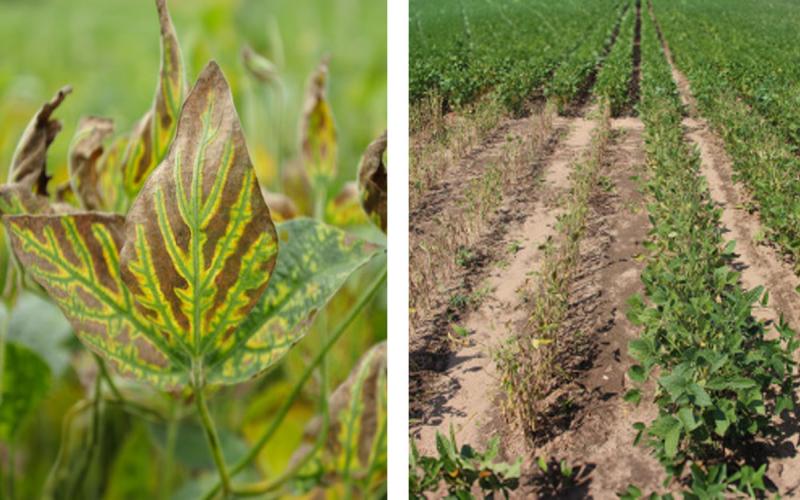
Are You at Risk for Sudden Death Syndrome in Soybean?
The present weather conditions of heavy rainfall and cool temperatures provide a favorable environment for sudden death syndrome in soybeans. Learn some expert tips for identifying and managing it this growing season.
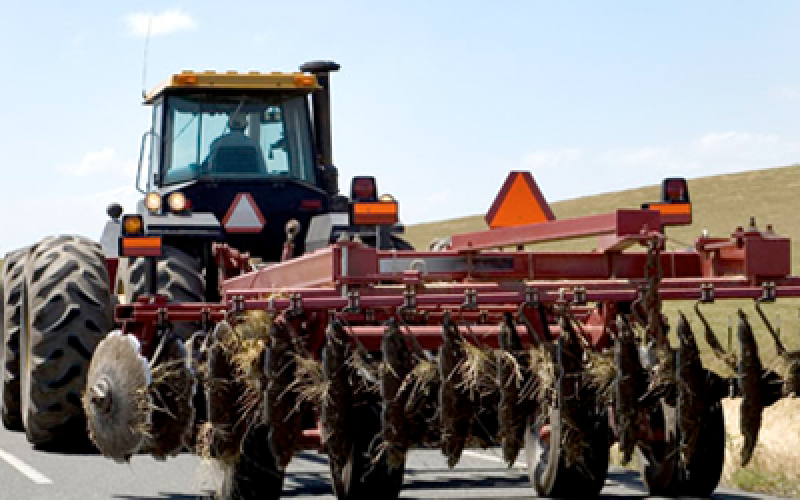
Farm Equipment, Safety on the Road, Everyone’s Role
National Farm Safety Week serves as a safety reminder for those involved in agriculture. During harvest, we will see an increase in farm equipment on the road, including tractors, combines, grain carts, silage choppers and silage trucks.
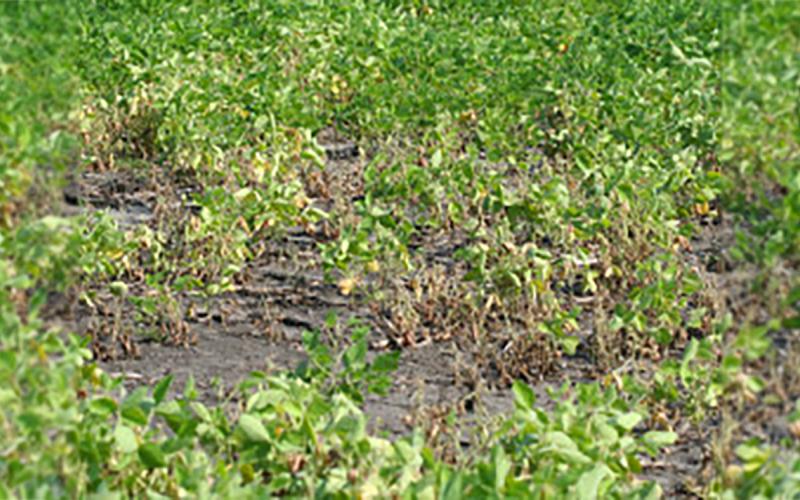
Watch Out for Phytophthora Root and Stem Rot in Soybean
Current weather conditions of continuous rainfall are saturating our fields, which is creating a favorable environment for Phytophthora root and stem rot.
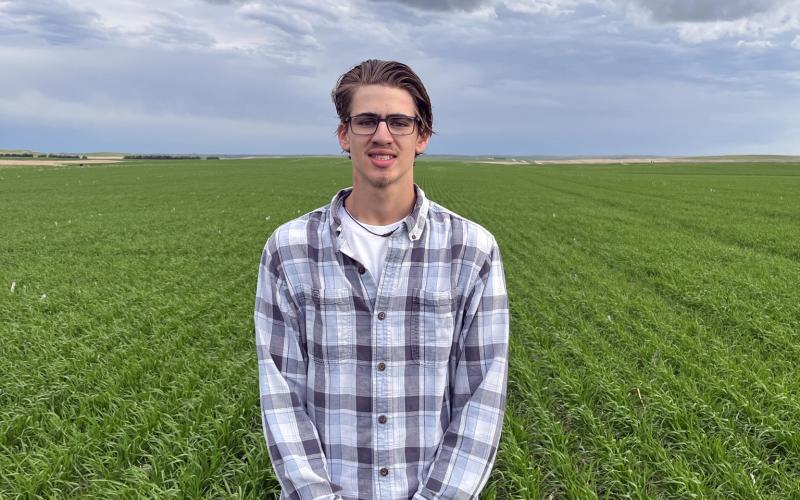
SDSU Extension welcomes new agronomy field specialist
June 10, 2024
South Dakota State University Extension is pleased to welcome Clarence Winter as a new Agronomy Field Specialist.

Understanding Hoarding and the Impact on a Healthy Home
Excessively acquiring items, even when there is limited space, is a sign of hoarding. Hoarding becomes dangerous when the surplus clutter impacts the ability to maintain a healthy home.
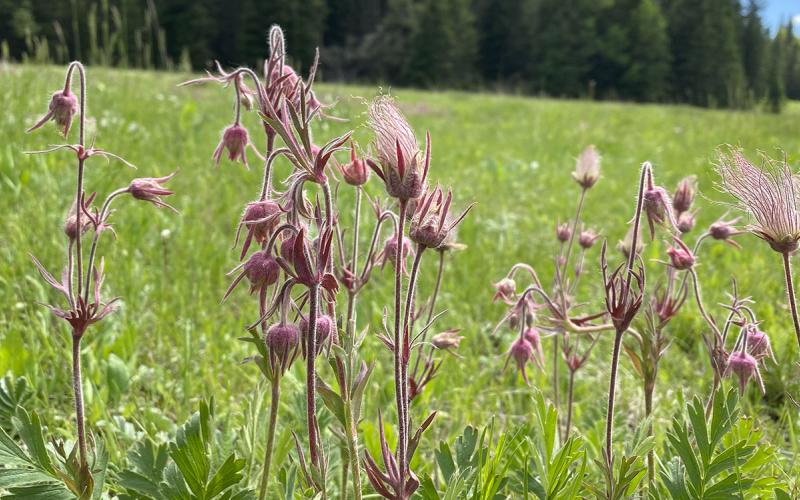
Native Plants to Know: Prairie Smoke (Geum triflorum)
Geum triflorum or Prairie Smoke (Rosaceae) is a flowering, herbaceous (non-woody stem) perennial, native to North American prairies known for its distinctive nodding and wispy flowers that resemble plumes of smoke
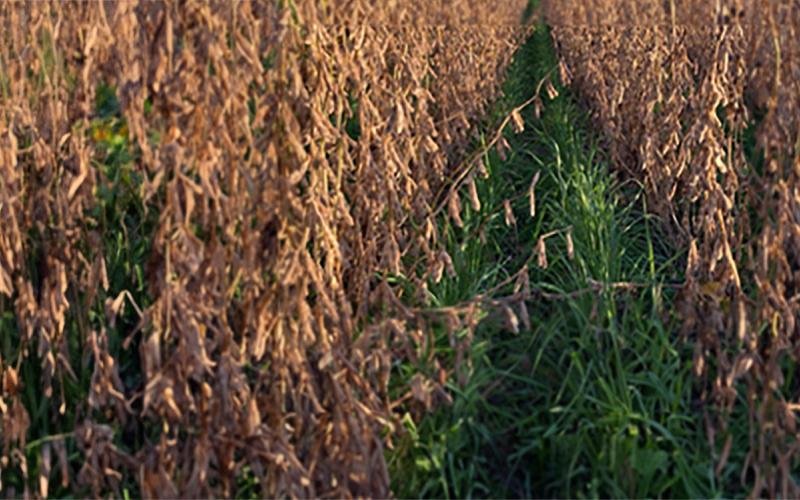
Inter-Seeding Cover Crops into Soybean
Recent studies have investigated the soil health and yield impacts of inter-seeding various cover crops into soybean plantings.
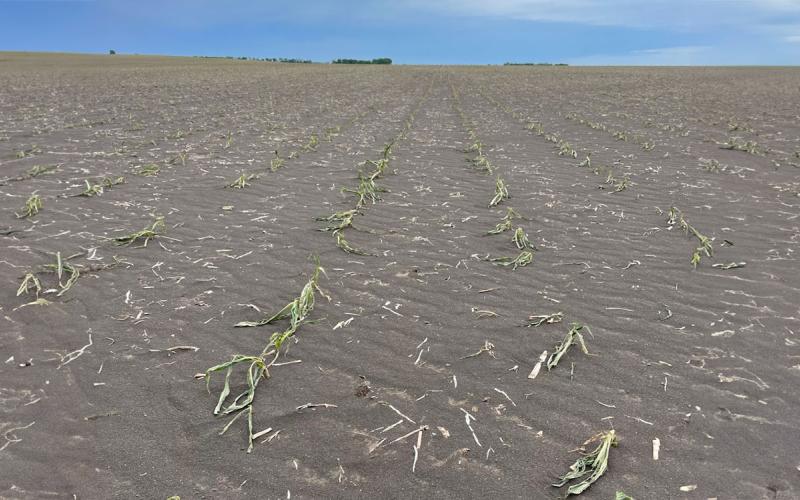
Soil Only Blows During Droughts?
What causes soil to blow during periods of adequate moisure? High winds can rapidly dry soil close to the surface. If the winds are high enough, even soil at intermediate water contents can blow.

The Growing Threat of Cyber Attacks in Agriculture
The with growing digitalization of our food production systems, everyone should take an active role in preventing the threat of cyber-attacks.

Buzzworthy Backyards: How Bee Lawns Are Reinventing Green Spaces
Bee lawns integrate a variety of low-growing perennials and fine fescues that not only require minimal maintenance, but also actively support local wildlife, particularly bees